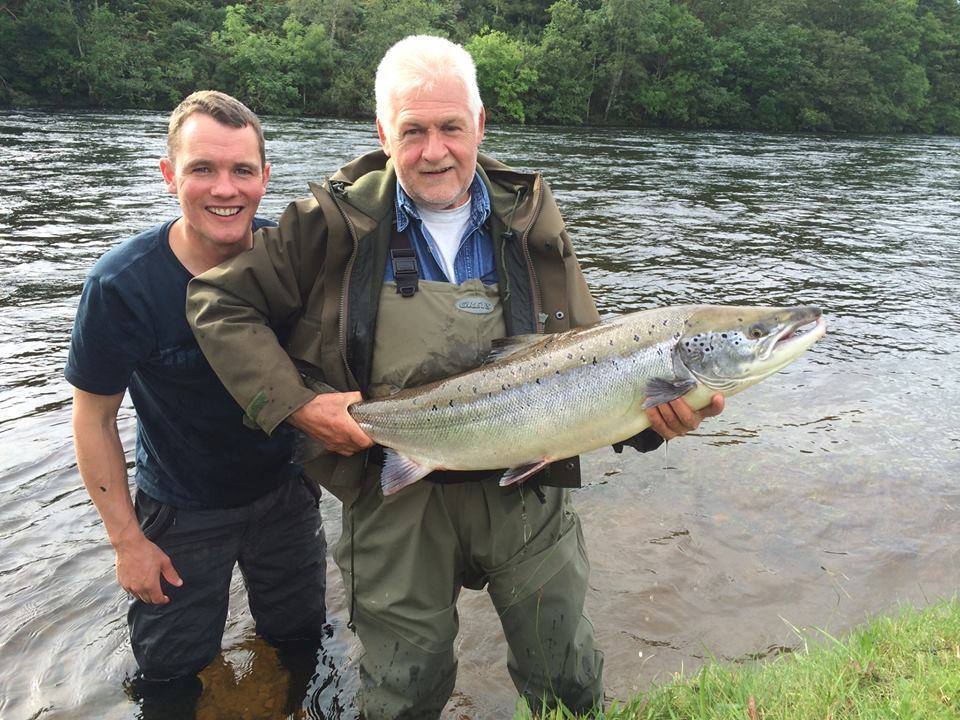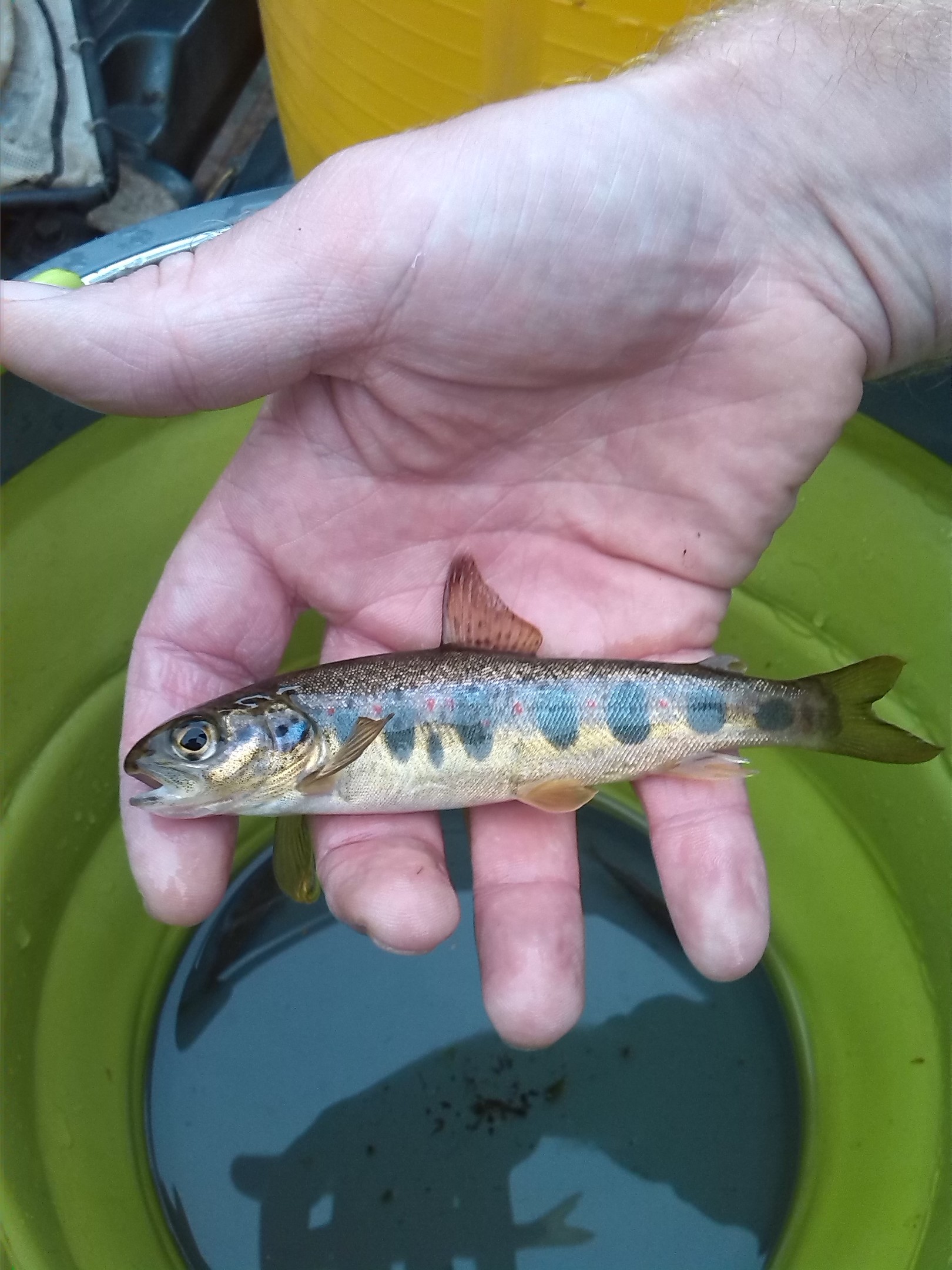The number of salmon caught by anglers on the River Ness system has dropped, but not by as much as other Scottish rivers.
And the fish that have been caught, were considerably bigger.
Provisional results indicate a 14% fall in salmon catches on the Ness and its associated rivers and lochs during the 2014 season.
Many other salmon rivers experienced declines of up to 50%.
Chris Conroy, director of the Ness District Salmon Fishery Board said: “The Ness District fared better than expected during what was a particularly difficult year for rivers across the north Atlantic, though an underlying trend for falling numbers of adult salmon returning from the sea is of major concern.”
An increasing proportion of Atlantic salmon are dying during their oceanic feeding migration, with climate change believed to be playing a major role. Salmon rivers across the UK, North America, Iceland, Norway and Ireland were all affected by below average catches during the 2014 season.
Mr Conroy added: “With our influence on the marine environment limited, the Ness Board and its partners are working to maximise spawning success and the numbers of healthy wild salmon going to sea from our rivers. Key to this are the voluntary conservation measures introduced across the district.
“The 86% overall release rate recorded in 2014 is the highest on record, as is the 99% ‘spring’ release rate. Further to this, a conservation agreement with two net and coble operators was extended for a further year, resulting in no fish being recorded by the nets for two years in a row.
“We’re particularly encouraged that the catch and release rate on the River Ness rose from 73% to 84% this year, with help from Inverness Angling Club.”
The provisional total catch for the Ness system was 802 fish, compared with 930 in 2013, which is below the five year average of 932 fish. The 324 grilse in the Ness District in 2014, which made up 40% of the salmon catch, was a 16% drop on 2013.
The 478 multi-sea-winter (MSW) salmon, who remain at sea for several years, made up to 60% of the Ness system’s total salmon catch, a drop of 12% on the previous year.
Mr Conroy said: “There has been a long term decline in MSW salmon catches in the Ness District, but the latest five year average indicates the very early signs of improvement, with a year on year increase for the first time in seven years.
“Although fewer in number, our MSW salmon are getting increasingly bigger; the average weight of MSW rod caught salmon in the Ness system in 2014 was 11.4lbs – up from 9.2lbs in 2005.”
The 192 ‘spring’ salmon was a 26% fall from the 260 recorded in 2013, although just below the five year average of 194 fish. Despite this fall, an overall trend for increasing ‘spring’ catches since 2010 continues.
The Moriston, Oich and Loch Ness were the leading ‘spring’ fisheries with the River Ness and Loch Ness dominating the summer and autumn catches.
Mr Conroy said: “A particular strength of the Ness system is that it supports diverse populations of salmon, providing a nine month fishing season and increasing its resilience during a poor year such as this.”

